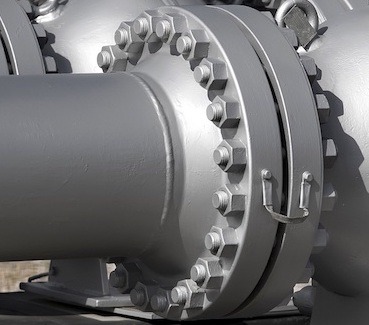
Everything You Need to Know about Flanges for Pipes and Piping Systems
Introduction to pipe flanges: their uses in piping, types, ASTM material grades, flanged joint, flange bolt chart, and dimensions/weight specifications…

Introduction to pipe flanges: their uses in piping, types, ASTM material grades, flanged joint, flange bolt chart, and dimensions/weight specifications…
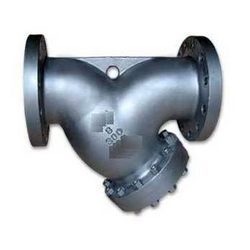
Strainers are mechanical devices to retain (and remove) foreign particles from flowing liquids and protect equipment such as pumps and compressors. There are several types of strainers, including the Y, basket, and duplex types. A critical element is the strainer’s screen, specifically its mesh size (perforation density). STRAINERS WHAT IS A PIPE STRAINER? A pipe strainer is a crucial component used in piping systems to protect equipment by filtering out
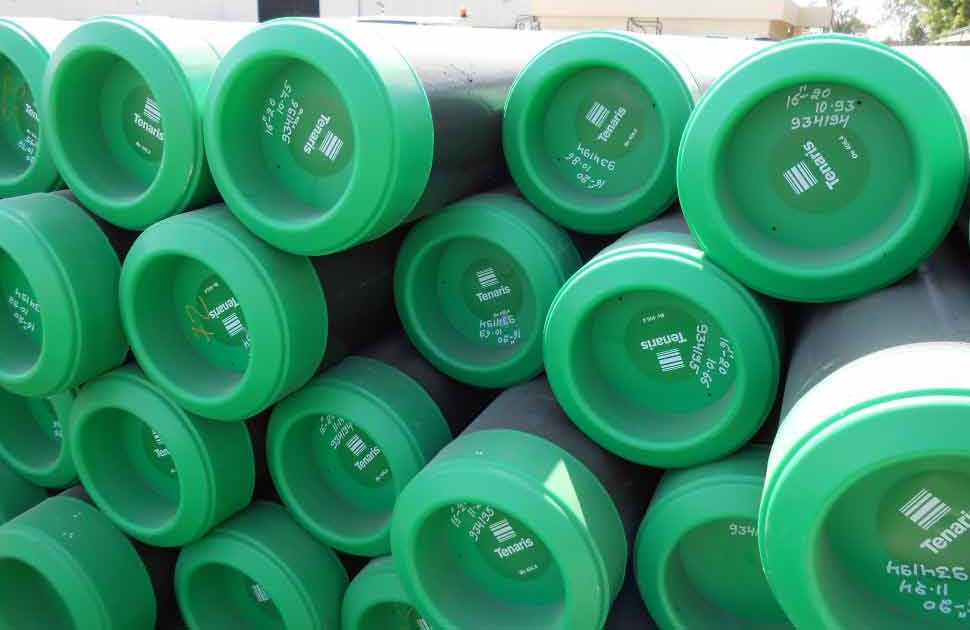
Learn about API 5L pipes for pipelines. The API 5L specification covers seamless and welded pipes to convey oil, gas, and water in the natural oil & gas and petrochemical industries. API 5L line pipes are available in multiple carbon steel grades, designated as Grade B, X42, X46, X52, X56, X60, X70, X80 and in PSL1 or PSL2 specification levels. API 5L SPECIFICATION GENERAL INFO PIPES API 5L API 5L
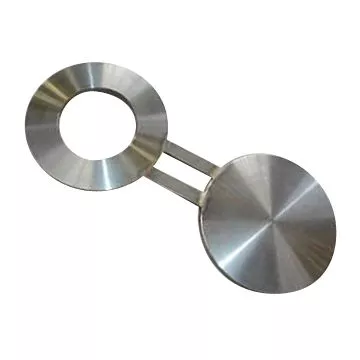
Learn about ASME B16.48 spectacle blinds, spades, and ring spacers: definition, usage, advantages, and dimensional charts…
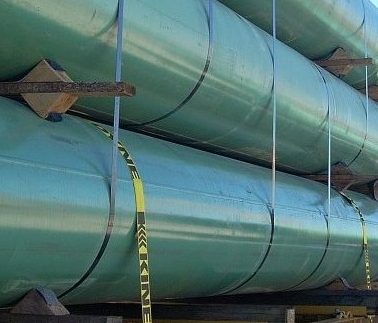
What is the difference between external pipe coating and internal pipe lining and cladding? External pipe coatings are used to protect the metal from corrosive environments (3LPE-coated pipes are the most common choice). Internal lining (for example PTFE) protects the pipe from corrosive fluids. Clad pipes (CRA or “Bimetallic Pipes”) have the inner surface covered by higher-grade materials to achieve stronger resistance while decreasing the overall pipe cost. EXTERNALLY COATED
Unlock Success in Your EPC, Engineering, or Consulting Job: Dive into Our Free Knowledge on Piping, Process Equipment, Oil & Gas Tech, and More. Dedicated to Project Buyers, Managers, and Engineers, carefully written by Industry Experts!
by Envestis SA Lugano, Switzerland
Swiss Trade Registry # CHE-339.253.743
Registered Capital 100.000 CHF
Our Mission
We are dedicated to exploring the vast and diverse product landscape in various industries that include oil & gas, construction, shipbuilding, energy, and renewable energy. Our comprehensive content encompasses a wide range of products, such as piping products, instrumentation, structural steel, process equipment, field safety systems, and pipeline equipment. Our goal is to provide upcoming piping and process engineers with free, top-tier information to help them thrive in the project plant industry. With our extensive knowledge and resources, we strive to equip the next generation of engineers with the skills and knowledge necessary to succeed.
Subscribe to Newsletter
Read our Legal Terms and Policies before using our website
Terms of Use • Privacy Policy • Cookies Policy • Other Policies

Hi, I'm ready to answer any technical or commercial question: try!